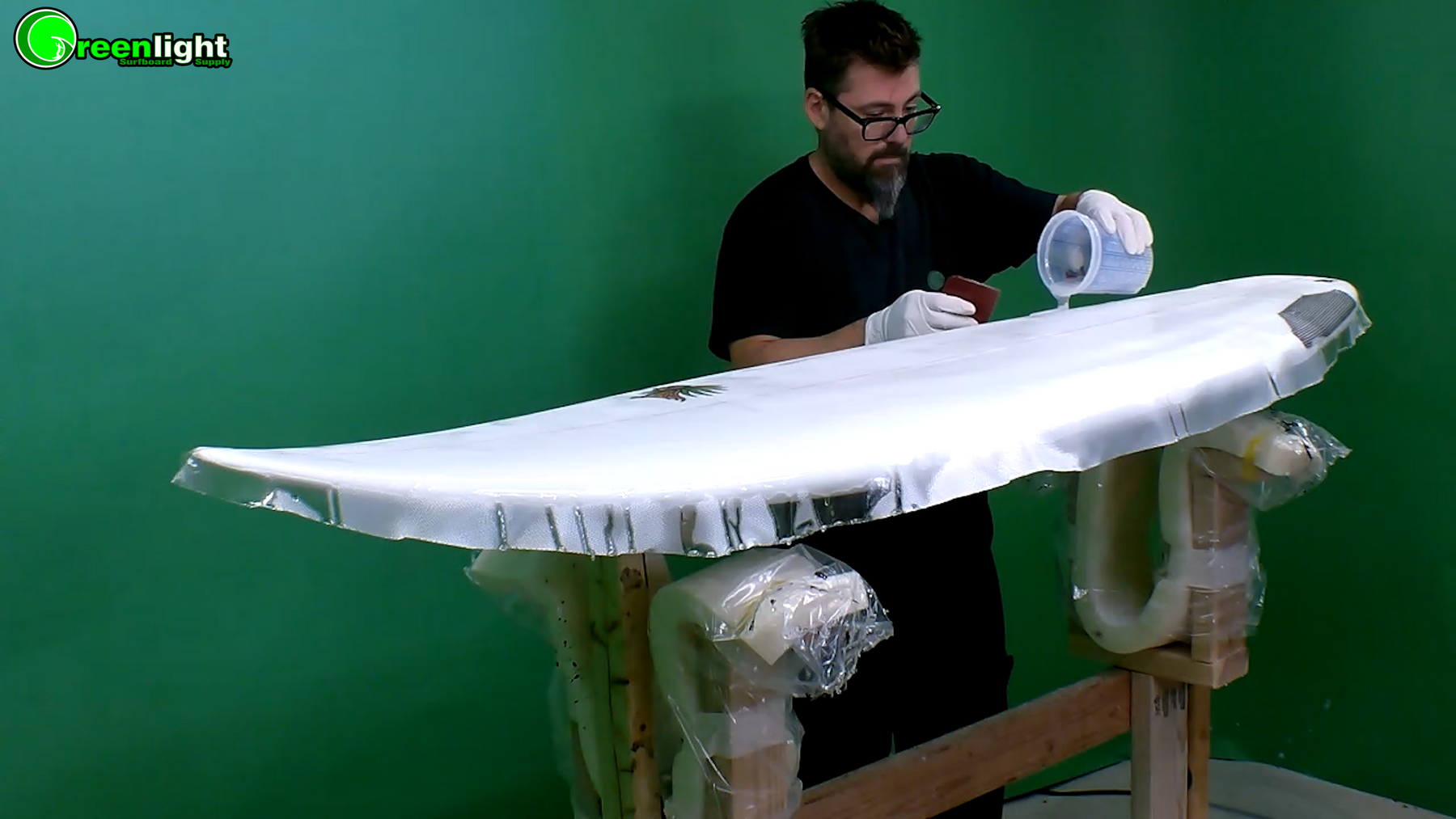
Understanding Epoxy Drying vs. Curing Times: A Comprehensive Guide
When working with Greenlight Marine Grade epoxy resin, distinguishing between drying and curing times is crucial for ensuring the quality and durability of your projects. This guide will delve into the intricacies of these processes, how temperature affects them, and specific drying times based on the hardener used.
Drying Time vs. Curing Time
Drying Time: This refers to the period it takes for the epoxy resin to become tack-free. During this time, the resin will harden to a degree where it can be touched and handled lightly, but it has not yet reached its full mechanical strength or chemical resistance.
Curing Time: This is the period it takes for the epoxy to reach its full hardness and strength. A fully cured epoxy will have optimal durability and resistance to environmental factors.
For Greenlight Marine Grade epoxy resin, the drying time ranges from 75 minutes to 4 hours, depending on conditions such as temperature and hardener type. Full curing takes approximately 7 days.
Factors Influencing Epoxy Drying and Curing Times
Several factors influence the drying and curing times of epoxy resin:
-
Temperature: Epoxy resin reacts to temperature changes. Higher temperatures accelerate the drying and curing processes, while lower temperatures slow them down. For instance, at 75°F (24°C), the resin will dry faster than it would at 60°F (16°C).
- It is generally true that for every 10-degree Fahrenheit deviation from room temperature (approximately 75°F or 24°C), the drying and curing time of epoxy resin either doubles if the temperature is lower or halves if the temperature is higher. This rule of thumb helps predict changes in the curing schedule due to temperature variations, but the exact impact can vary depending on the specific formulation of the epoxy and the hardener used.
-
Hardener Speed: The type of hardener used can significantly affect the drying and curing times. Greenlight offers different hardeners that can alter these times:
- Slow Hardener: Provides a longer working time and slower drying and curing times, ideal for large projects or when working in higher temperatures.
- Fast Hardener: Dries and cures more quickly, suitable for smaller projects or cooler temperatures.
- Extra Fast Hardener: Offers the quickest drying and curing times, perfect for urgent repairs or very small projects.
Detailed Drying and Curing Times Based on Hardener
-
Slow Hardener:
- Drying Time: Approximately 4-6 hours at 75°F (24°C).
- Curing Time: Full cure in about 7 days.
-
Fast Hardener:
- Drying Time: Approximately 2-3 hours at 75°F (24°C).
- Curing Time: Full cure in about 7 days.
-
Extra Fast Hardener:
- Drying Time: Approximately 75 minutes to 2 hours at 75°F (24°C).
- Curing Time: Full cure in about 7 days.
Temperature Effects
Temperature plays a crucial role in both the drying and curing processes of epoxy resin. Here’s a general guideline on how temperature impacts these times:
-
High Temperature (above 75°F/24°C): Speeds up both drying and curing. This can be advantageous in colder climates or when faster turnaround times are needed. However, it can also reduce the working time, making it harder to manage larger or more intricate projects.
-
Low Temperature (below 60°F/16°C): Slows down both drying and curing. This can be beneficial for large projects requiring more working time. However, it may extend the overall project timeline and require additional measures to ensure the resin cures fully and properly.
Usage Guidelines Post Fiberglassing
Fiberglassing is a common application for epoxy resin, especially in the creation and repair of surfboards. Understanding when a surfboard can be used after fiberglassing is essential for ensuring the resin has achieved sufficient strength.
-
Shortest Usable Time: Generally, a surfboard can be used about 24 hours after fiberglassing. This allows the epoxy resin to dry and gain initial hardness, making the surfboard safe for light use.
-
Preferred Usable Time: For maximum strength and durability, it is recommended to wait the full 7 days for the epoxy resin to cure completely before using the surfboard extensively. This ensures the resin has reached its full mechanical properties and will provide optimal performance and longevity.
Additional Considerations
-
Mixing and Application: Proper mixing of resin and hardener is crucial for achieving the desired drying and curing times. Always follow the manufacturer's instructions for mixing ratios and application techniques to avoid issues like incomplete curing or poor mechanical properties.
-
Environmental Factors: Humidity and ventilation can also impact the drying and curing processes. Ensure your workspace is well-ventilated and has a controlled environment to achieve the best results.
-
Consult Manufacturer Resources: For the most accurate and detailed information, always refer to the manufacturer's resources. Greenlight Surf Supply offers comprehensive guides and technical support for their epoxy products, ensuring you have the best information for your specific application. Visit Greenlight Surf Supply for more details.
Conclusion
Understanding the differences between drying and curing times, and how factors like temperature and hardener type affect these processes, is crucial for achieving the best results with Greenlight Marine Grade epoxy resin. By following the guidelines and consulting the manufacturer's resources, you can ensure your epoxy projects, whether surfboards or other applications, have the optimal strength, durability, and performance.
